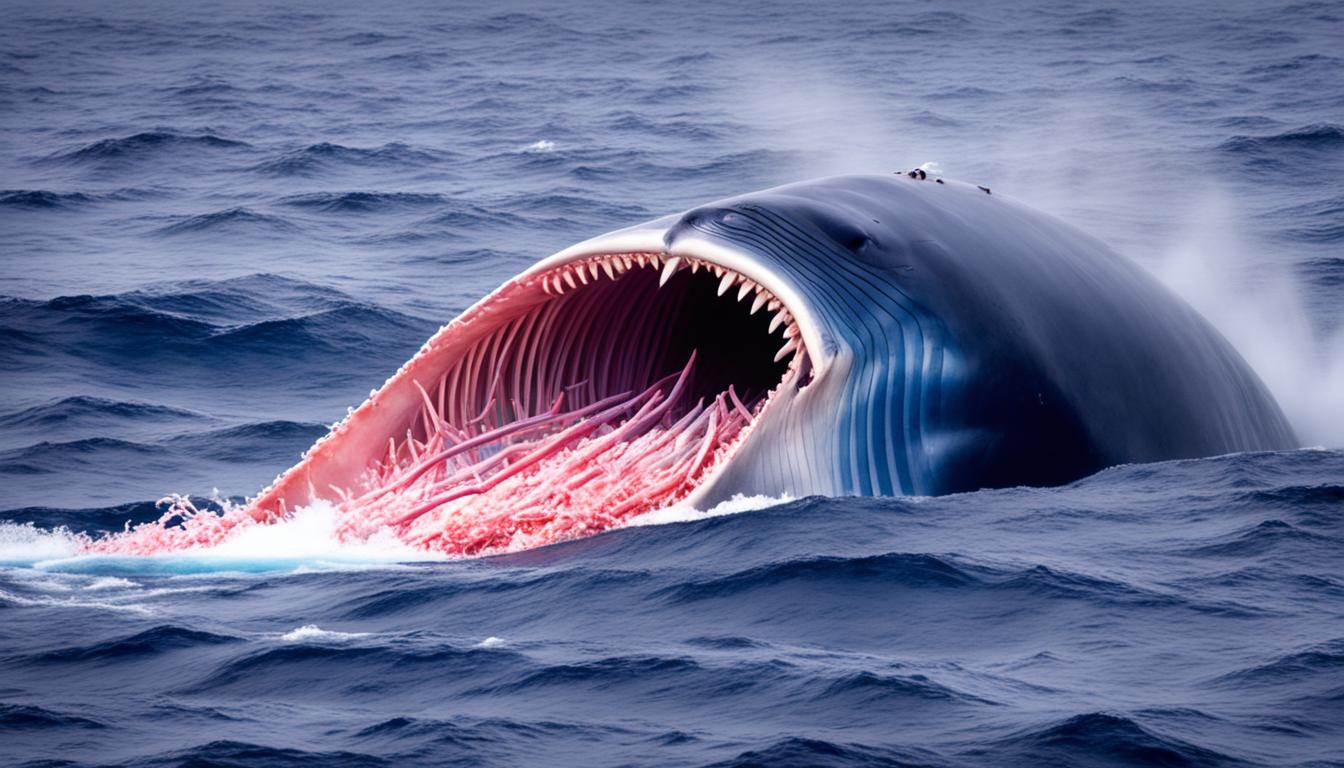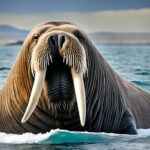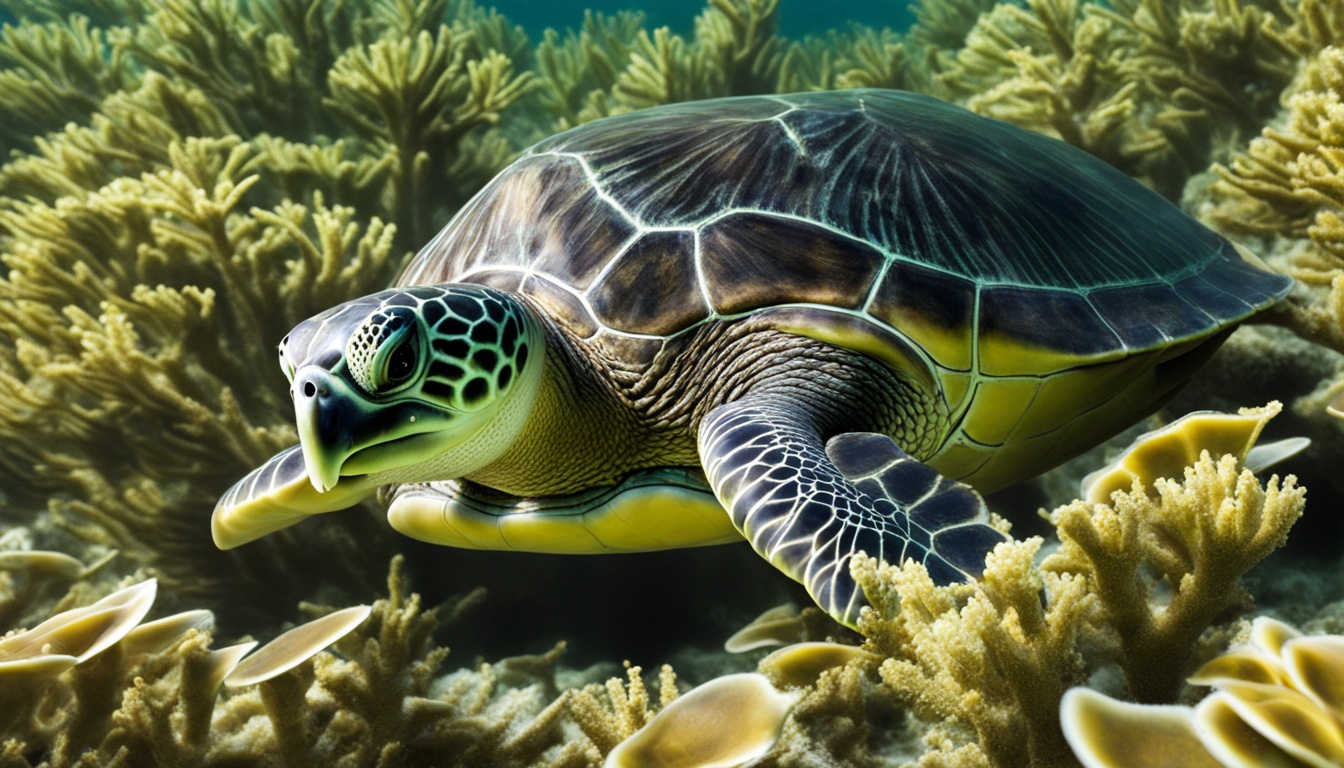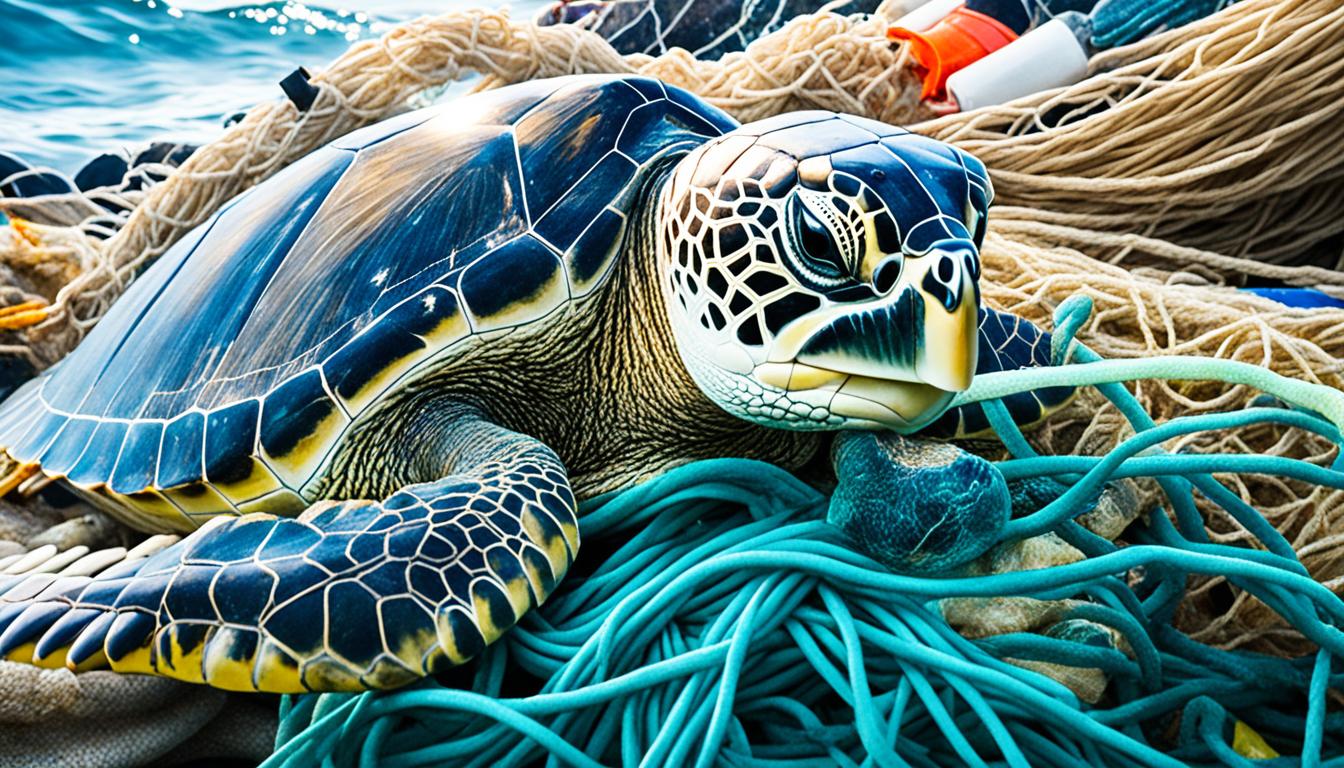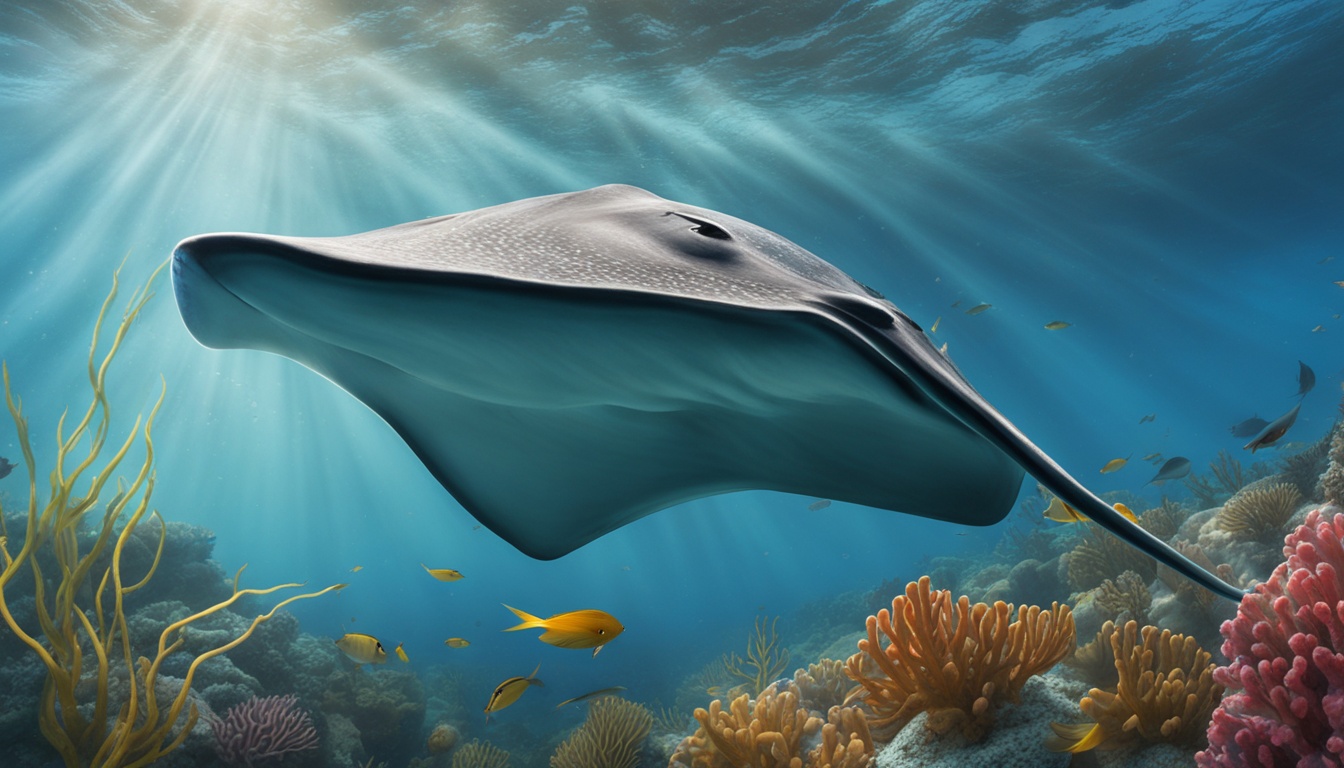Blue whales are the biggest animals on Earth, and their feeding habits are quite interesting. They need to eat a lot to stay as big as they are. They use a special way of eating called lunge feeding to take in a lot of food at once.
This feeding method helps them survive. It shows how they eat and what they eat, which is important for their survival. Learning about their diet and feeding habits helps us understand their role in the ocean.
Understanding the Blue Whale Feeding Mechanism
Blue whales have a special way of eating because of their huge size and diet. They mainly eat krill using a method called lunge feeding. This method lets them eat a lot at once, unlike some other whales that eat continuously.
This blue whale feeding behavior is made possible by their huge jaws. When they dive forward, they take in a lot of water and krill. Their throat pouch expands to help with this feeding process.
Blue whales are fast swimmers, which helps them feed better. They speed up to build the pressure needed to open their throat pouch. This shows how they evolved from smaller ancestors to become the largest whales. Learning about their blue whale eating techniques helps us understand their role in the ocean.
Blue Whale Size and Its Impact on Feeding Behavior
The massive size of the blue whale is key to its feeding habits. It is the biggest animal on Earth, reaching up to 100 feet long and weighing 200 tons. This huge size means it needs a lot of food to stay healthy.
To eat enough, blue whales eat krill, small crustaceans that gather in large groups in the ocean. They need to find these groups to get enough food. This search for food shapes their eating habits.
Blue whales hunt in a special way because of their size. They can take in a lot of water and food at once. This helps them stay big and eat efficiently. Their body shape plays a big part in how they find and eat food in the ocean.
How do blue whales feed?
Blue whales have a unique way of feeding that shows how amazing they are. They mainly use a method called lunge feeding. This involves a set of actions that help them eat a lot of food at once.
The Lunge-Feeding Technique of Blue Whales
Blue whales use lunge feeding to eat krill and other small sea creatures. They speed up, open their mouths wide, and fill them with prey and water. This way, they can eat up to 140% of their body weight in one go. Lunge feeding is key for their survival, especially when there’s a lot of food around.
Phases of Lunge Feeding: Acceleration, Engulfment, and Filtering
The lunge feeding process has three main steps:
| Phase | Description | Duration |
|---|---|---|
| Acceleration | Whales reach speeds of 3-4 m/s to build up water pressure. | Short burst |
| Engulfment | Mouth opens wide to capture water and prey. | Approximately 5 seconds |
| Filtering | Baleen traps prey while expelling excess water. | Continuous until satisfied |
These steps show how blue whales adapt to feed effectively. They use lunge feeding to get enough food for their huge size and energy needs.
Blue Whale Diet: What Do These Giants Eat?
Learning about the blue whale diet helps us understand these huge creatures better. They mainly eat krill, small crustaceans found in the ocean. During summer, when krill are most plentiful, blue whales feed a lot. They can eat up to 4 tons of krill each day, showing how much they need to eat.
Blue whales have special ways of eating because of their size. It’s amazing how they can catch and eat so much krill. This diet lets them live in different parts of the ocean, showing how important they are to the sea.
Keeping krill numbers healthy is key for blue whales. If krill numbers go down, it could hurt the blue whale population. Knowing what blue whales eat shows us how important it is to protect the ocean and its creatures.

Blue Whales Feeding Patterns Throughout the Year
Blue whales change their eating habits with the seasons. They eat more when krill is plentiful, usually in spring and summer. This helps them survive.
The Seasonal Availability of Krill
In warmer months, krill thrives in nutrient-rich waters. This makes it perfect for blue whales to eat. They travel long distances to find the best places to eat.
Efficient Feeding During the Short Feeding Season
Since krill is only around for a short time, blue whales eat as much as they can. They need to find lots of krill quickly to get enough food. This helps them survive in a tough ocean.
Blue Whale Feeding Habits: Why Efficiency is Key
The blue whale’s feeding habits show how evolution makes things efficient. These huge whales need a lot of energy. So, they have to eat a lot to survive in the ocean.
They eat a lot of krill, which is small fish. They use a special way to eat called lunge-feeding. This lets them eat a lot at once. It’s a fast way to catch krill and saves energy.
This eating method is perfect for their size and the ocean’s food supply. It helps them live in places where food isn’t always easy to find.
Blue whales eat in a way that matches their environment. They eat when there’s a lot of krill and the water is just right. This helps them stay healthy and supports the ocean’s ecosystem.
Understanding how blue whales eat shows us the balance in nature. It teaches us about the importance of taking care of our oceans. Their feeding habits are a key part of the ocean’s health.

